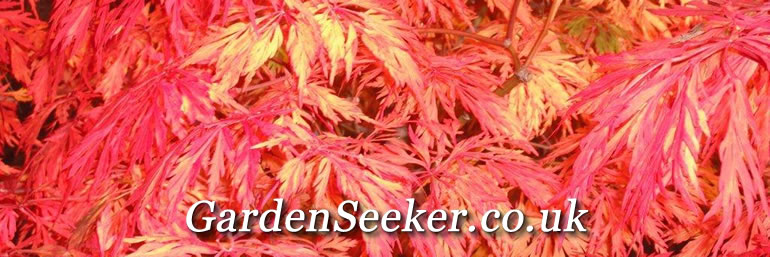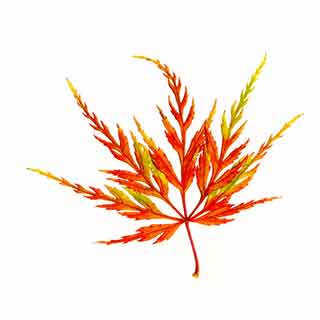

Callisia is related to the Tradescantia family and is sometimes mistakenly named as such. Most of the group either spread or trail as with the Tradescantias, but they differ basically in that they have succulent foliage, though they have the same basic make-up of flowers – having three petals. The flowers are generally insignificant.
Callisia has tropical origins – happy to live on the edges of forests – so will need either dappled shade or full sun, and preferably humid growing conditions.
The Plant: Callisia is a straggly, cascading, low-growing plant bearing a multitude of small green, fleshy leaves. The leaves of Callisia repens have purple undersides .In late autumn/winter, as watering slows down or ceases, the leaves become deep purple.
 Care of Callisia repens
Care of Callisia repensAll of the available Callisia varieties require the same growing conditions. A light shaded or bright room but not in direct sunshine – especially from windowsills.
Potting mix should allow good drainage and can either be a JI type with extra peat added or a peat based compost but with some sterile soil added. As a trailing plant, it is better in a heavier compost to stop the pot falling over if free standing.
The watering regime should simply keep the compost moist and not permanently wet. Being semi-succulent, it will require less watering that most house plants. Water Callisia weekly and mist-spray the foliage in hot dry conditions. Callisia originates from South America and enjoys warmth and humidity. Feeding monthly through summer is plenty enough for this plant.
Ideally pinch out the growing tips regularly in order to maintain compact plant shape. If Callisia has become too straggly trim to a tight ball-shape and it will soon re-grow. If left un-trimmed, then it will become rather untidy.
Good for hanging baskets or in any situation where it can be allowed freedom to hang. It is especially favoured for deep purple winter colour.
Callisia is very easy to grow, and the point above are simply to be followed if you want it to have a long happy, trouble-free life with you.
It does not suffer from any particular pest, though if grown in dry conditions, you will need to keep a look out for red spider mite. Humid growing conditions will normally keep this at bay.
The best means of propagation is by tip cuttings, with four or five placed in a pot. Once rooted you have a ready-made plant. Callisia repens will oblige with a good source of cuttings material.
